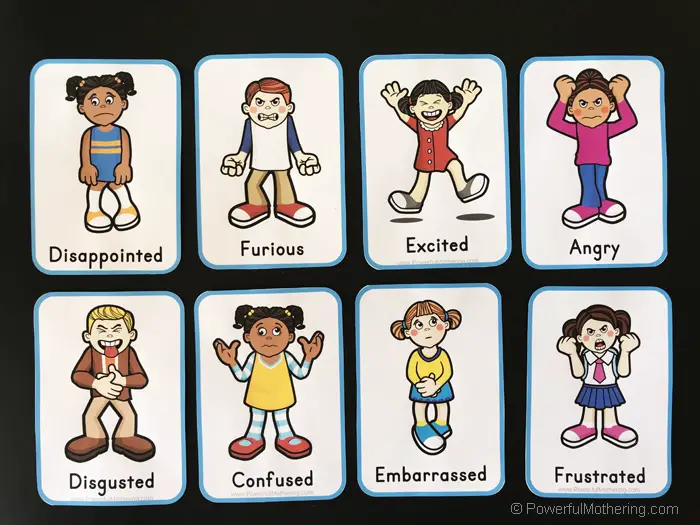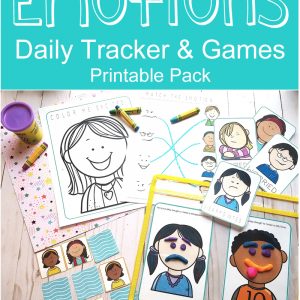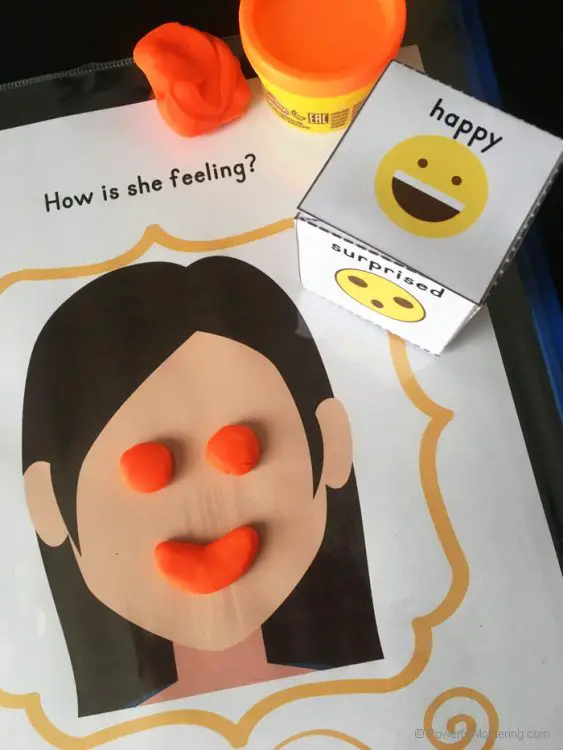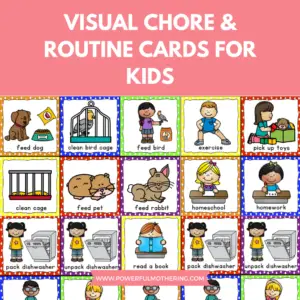How do we help toddlers communicate that they’re upset without throwing a temper tantrum? Or how about teaching a preschooler empathy? We do it by educating young children on feelings and emotions, and how to recognize them. Activities like these are excellent to teach emotions to kids are an excellent way to build up these skills.

Emotions for kids: Teach Emotions Preschool, Toddler
Emotions are sometimes left out of intentional learning by parents and caregivers. This is unfortunate, because emotional learning is an important part of educating a child. In young kids, emotions are taught by recognizing cues. Most commonly that is body language and facial expressions, then speech patterns and wording as they get older.
New clipart has recently become available allowing me to create a more diverse representation for children. Children love to identify with themselves in games and activities, especially those that concern their identity such as emotions, about me and

List of emotions for kids to learn about
Learning about different emotions helps kids recognize how they feel. It also builds empathy as they practice reading the emotions of others. By being able to identify basic emotions, kids will have the words to help describe the emotions they see in their world.
Some common emotions for kids to learn are:
- Happy
- Sad
- Angry/mad
- Tired
- Nervous
- Excited
- Frustrated
- Confused
- Disappointed
- Embarrassed
- Proud
- Furious
- Disgusted
- Worried
- Sick
- Peaceful
- Shocked
- Silly
- Scared
- Suspicious
Must have Emotions Printables
Printables about emotions are a great way to build emotional awareness in young kids. These printables are designed to help toddlers and preschoolers identify and understand the different feelings they see in their daily lives.

Emotion faces flash cards
Flash cards help young children practice through memorization.. Feelings are no exception to this type of learning and emotion faces flash cards are great for practice time. Print them out and use them to see what emotions your child can identify. Flash cards are handy because they’re no prep once they’re printed and cut and they can be used over and over in quick activities.
Emotion facial expression cards
Facial expression cards are perfect for practicing recognizing each emotion on a basic level. For example, a young child can see a smiling face and identify that with ‘happy’, and so on. By literally putting a name to a face, children will develop the vocabulary to identify different feelings. Work on putting this language to use by giving them sentences like “I’m feeling frustrated that I can’t have a cookie” and so on.

Emotion Games and Activities
The best way to help children learn is through play! Not only do young children pick up on things easier in a play-based environment, these emotion games and activities are a good way for kids to engage with a parent or caregiver. Playing games also teaches social skills in toddlers and preschoolers like turn taking, not always getting their way, and losing. Use these teachable moments to discuss what emotions they’re feeling!
Emotion Worksheets and Printables
If you’re looking for more formal lessons, emotion worksheets and printables help tie it all together. Some preschoolers prefer worksheets over more hands on activities. Completing worksheets also helps develop fine motor skills and prepares children for completing work in a classroom environment.

Emotions Toys for Toddler and Preschool
Once again we can’t stop stressing how important play is for early childhood education. For kids toys are the tools of play. That’s why it’s important to have a well rounded collection in the playroom. If you feel overrun by toys already, consider paring down playthings that offer less educational value and replacing them with more intentional choices. These emotions toys for toddler and preschool ages will help reinforce learning about feelings while kids have fun.
Books on emotions for kids to read
For most kids storytime is the highlight of their day. Kid-friendly books are a great way for caregivers and parents to engage with toddlers and preschoolers. Choosing books that reinforce subjects you’re already working on, like these books on emotions for kids to read, helps to make this special time even more valuable.
As children get older and begin to read, continue to guide their reading when possible. Chances are, at least early on, they’ll be influenced by the stories you have on hand and books introduced in the early years. We all know regular reading is super important for strong literacy development in kids!
Videos for Kids to watch about Emotions
We can’t always beat them, so let’s join in on a toddler and preschool favourite: video watching. When you do choose to allow your little ones to have some screen time, educational programming is preferred. If you’re looking for a way to reinforce and teach emotions to young children in new and engaging ways, try adding some videos for kids to watch about emotions to your teaching toolbox.
For Toddlers
This little song from pinkfong is great for toddlers to watch.
For Preschoolers
This episode clip from the story-bots series about emotions is a great watch for preschoolers.








